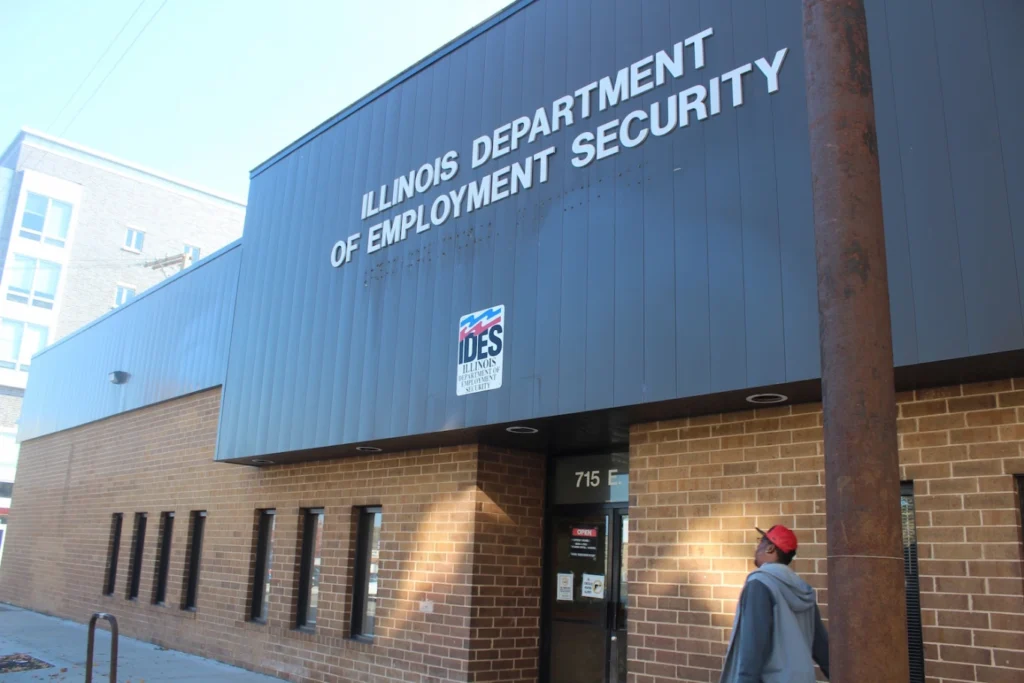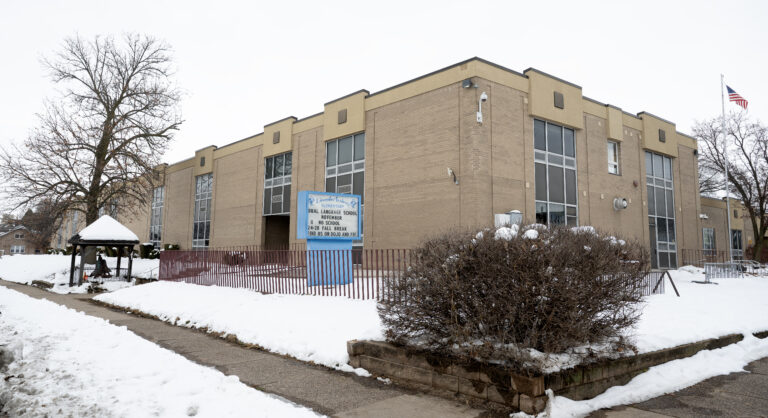The Quad Cities metro area was among three Illinois metros posting an over-the-year decline in total nonfarm jobs for the year ending in July, according to U.S. Bureau of Labor Statistics (BLS) data released Thursday, Aug. 22.
In its monthly report, the Illinois Department of Employment Security (IDES) said total nonfarm jobs increased in nine metropolitan statistical areas (MSA), decreased in three MSAs. They remained unchanged in two MSAs for the year ending July 2024. Over-the-year, the unemployment rate increased in all of the state’s 14 metro areas.
Total nonfarm jobs in the Davenport-Moline-Rock Island MSA declined -1.7%, or 3,100 jobs, according to the July statistics. Other metro areas which posted over-the-year decreases were: Lake County-Kenosha County Illinois-Wisconsin Metro Division (-0.5%, -2,000), and the Danville MSA (-0.4%, -100).
“Long-term, consistent job growth throughout the state continues to fuel and motivate eager jobseekers and employers to actively engage in the expanding economy,” Illinois Deputy Gov. Andy Manar said in the IDES news release. “Illinois proudly commits to continue its critical investments in our unique, diverse, and world class workforce and labor market.”
Last week, IDES reported that the State of Illinois’ unemployment rate rose by a 0.2 percentage point to 5.2% in July based on preliminary BLS data.
According to the new metro report, the unemployment rate for the Davenport-Moline-Rock Island MSA increased to 5.1% in July from 4.3% in July 2023. Total nonfarm employment in the bi-state area decreased by -3,100 jobs compared to July 2023.
QC job gains, losses
These Quad Cities’ industry sectors had payroll gains over the year: Private Education-Health Services (+400), Transportation-Warehousing-Utilities (+300), Wholesale Trade (+200), Mining-Construction (+200) and Other Services (+100). Employment declines occurred locally in these sectors: Professional-Business Services (-2,900), Leisure-Hospitality (-600), Manufacturing (-400), Retail Trade (-300) and Financial Activities (-100) sectors recorded employment declines over the year.
Other unemployment rates in July across the Illinois Quad Cities region included:
Counties:
- Henry, 6%, up 1.1%.
- Mercer, 5.7%, up 1.6%.
- Rock Island, 6.1%, up 1.1%.
Cities:
- Galesburg, 7.4, up 1.2%.
- Moline, 6.2%, up 1.2%.
- Rock Island, 6.6%, up 1.4%.
Meanwhile, IDES reported that the metro areas with the largest over-the-year percentage increases in total nonfarm jobs were: Champaign-Urbana MSA (+4.5%, +5,300), the Carbondale-Marion MSA (+2.3%, +1,300), and the Bloomington MSA (+0.7%, +700).
Total nonfarm jobs in the Chicago Metro Division increased by +0.1% or +4,900. The Decatur MSA and Peoria MSA each had no change in total nonfarm jobs.
Industries that saw job growth in most of the metro areas included: Private Education and Health Services and Government (10 areas each); Wholesale Trade (nine areas); and Mining and Construction and Other Services (eight areas each).
The largest unemployment rate increases in July were the Chicago-Naperville-Arlington Heights Metropolitan Division (+2.0 points to 6.4%), the Danville MSA (+1.6 points to 7.9%), and the Bloomington MSA (+1.2 points to 5.5%).
The unemployment rate identifies those who are out of work and seeking employment. A person who exhausts benefits, or is ineligible, still will be reflected in the unemployment rate if they actively seek work.







